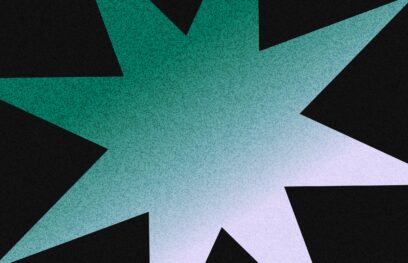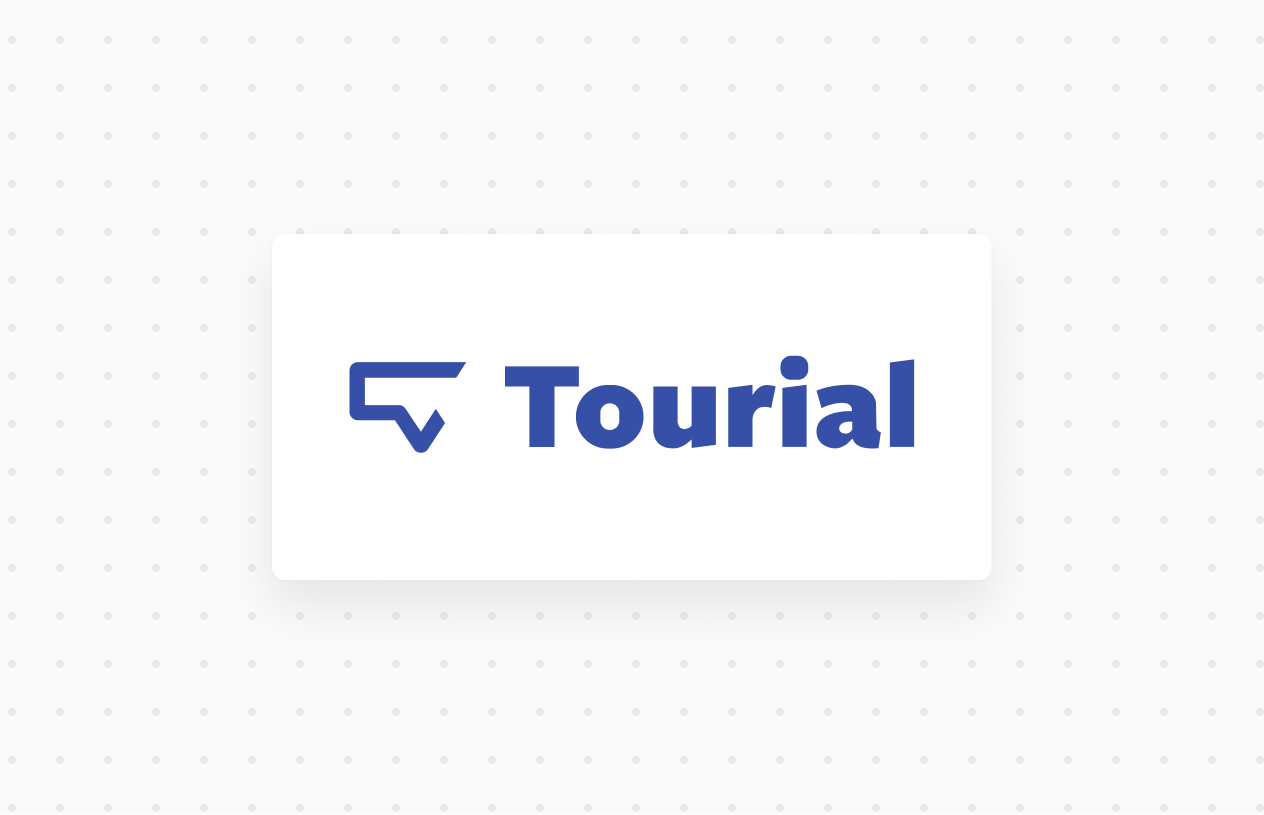
User , Startups , Client Stories — 01.23.2023
How Product Design Helped Tourial Engage and Retain Users
Innovatemap Team

Through product management and design, we helped B2B startup Tourial redesign their product to attract, engage and retain users in a new market.
Tourial helps marketers create pixel-perfect product tours that launch fast, convert faster and don’t rely on expensive production teams.
To unlock new growth for users, Tourial equips marketers with the ability to show customers a glimpse of their future product experience and how it actually works.
While most product tours require technical design and development, Tourial recognized a marketer’s need for a tool that simplifies the tour building process and removes the need for a designer in the workflow.
Problem
Tourial found success with their target market of marketers, but the team recognized that the product was still very designer-oriented and had opportunity to simplify and optimize to meet the needs of a wider market.
Tourial needed help simplifying their product to make it valuable to their audience without sacrificing functionality. Additionally, Tourial wanted to encourage users to engage with the product more frequently.
To build a scalable foundation, Tourial required a robust design framework tailored to their new, simpler creation model.
Solution
Every great product build starts with the questions, “who are we building this for” and “how do we make it valuable?”
After Tourial identified their market’s needs, we helped make the product more valuable so users won’t want to be without it.
A product built for designers is unlike a product built for marketers. Why? Different skillsets, needs and motivations mean different features, functionalities and workflows.
“Tourial’s existing product was very well suited for the designer audience, with thorough customization capabilities and control,” said Laurimar Garcia, Product Researcher. “But marketers want to minimize their time designing so they can maximize their time sharing. They need a simpler product with more intuitive design flows and in-depth sharing capabilities so they can create beautifully branded tours quickly.”
With that key audience insight, we redesigned Tourial’s tour builder. We did not remove any functionality. Instead, “We simplified and elevated Tourial’s product in concept and in practice so it’s valuable to their market,” Laurimar said.
To build the foundational design framework for Tour Builder, we had in-depth conversations with key stakeholders. Prior to design, we held working sessions to discuss workflows, conceptual diagrams and wireframes. Together, we worked through key problem areas, discussed alternatives and pressure-tested different ideas. This stage of the process aligned us as a team of partners to move confidently into design.
Down to every detail, we created design patterns for Tourial’s in-house design team to reuse and build on as they scale. “Any added feature will look cohesive with the product two years down the line because it follows the design framework,” Laurimar said.
A revamped navigation framework tailored to workflows ensures users understand how to use the product effectively. If users know how to do what they came to do, they won’t get frustrated and swamp your customer service reps or quit use altogether.
Tourial found that users were creating highly detailed, custom tours with less frequency. The product required more effort, so users used it less often. Laurimar explained, “Simplifying the user interface increases usage frequency because it’s simple to hop in, create something beautiful, and hop out until next time.”
Now, instead of users creating a few highly advanced tours a year, users can easily create and share new tours whenever they add a new feature or functionality, maximizing the impact of the product for users. More product usage means more value for users.
Takeaways
It’s common for startups to find that once they’ve discovered how to best serve their audience, the product needs to be updated to eliminate the older ideas and optimize new workflows. Startups often grow in ways they hadn’t planned. Finding success and product-market fit means evolving the product to match what the startup has learned about user needs.
“We’re not here to entirely change your product vision, functionality or anything that will turn off your existing customers,” Laurimar said. “Rather than trying to change everything for the sake of changing things, we listen and ask questions to connect the founder’s vision with what users need and business goals.”
Our ability to understand and capture the true potential of the product and pair it with the founder’s vision means we design a product that will be most valuable to users, now and at scale.
Find out how our product experts can help you build the right product for your users.

